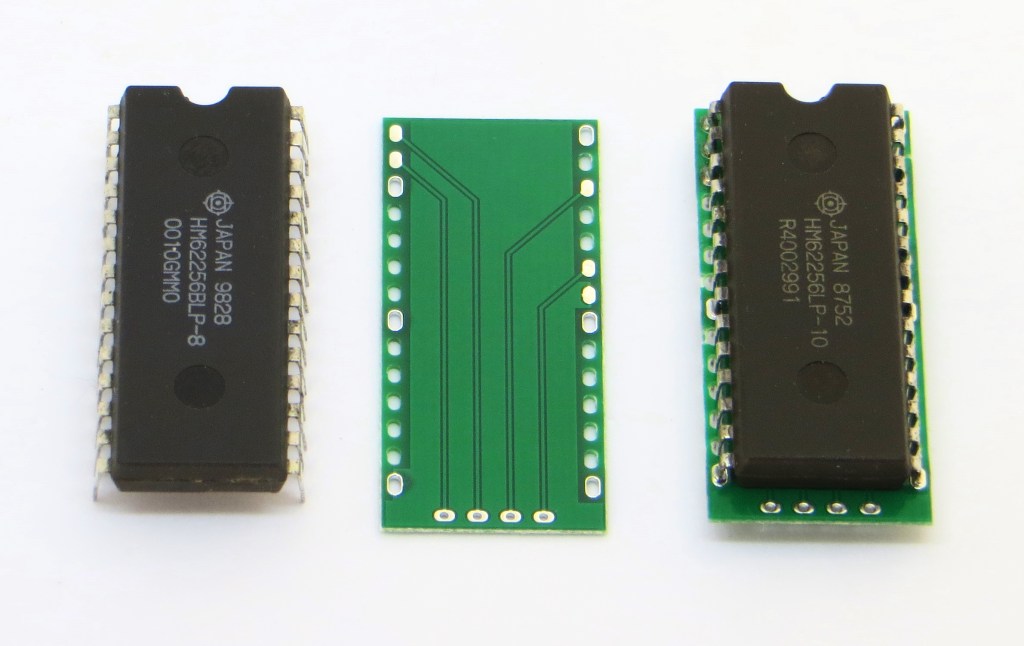It has certainly been a challenging time for a micro business such as vRetro Design to try and navigate the various import rule changes in Europe and the UK over the past 9 months. We’re too small to justify directly selling to the EU due to the punitive compliance charges and handling VAT for the UK has added yet more work.
I have found no single solution so far and so, for customers, where you buy online will depend on your geographical location. vRetro Design now has an online shop which specifically caters for the EU and another which handles the rest of the world.
VAT collection at checkout, for those countries that require it, is now supported by both these shops leading to more transparency for import taxes and duty as well as a more hassle free import process.
If you’re in the EU then please visit : https://www.etsy.com/shop/vRetroDesign
Otherwise please visit :https://www.vretrodesign.com
I still sell on Tindie, but please be aware that VAT/GST is not collected at checkout (the main reason why I’ll be dropping Tindie soon) and further costs may be applied at the border.



